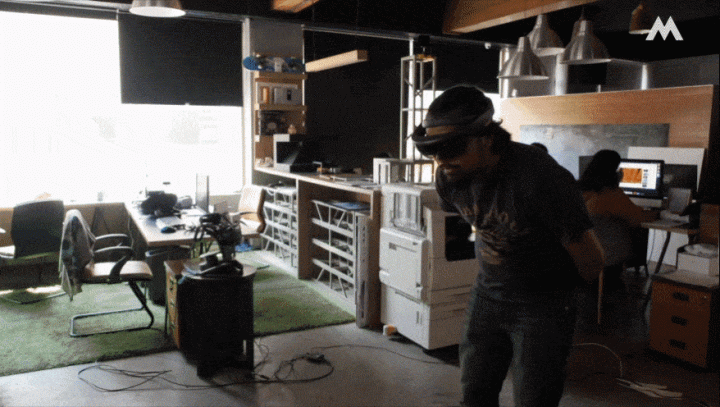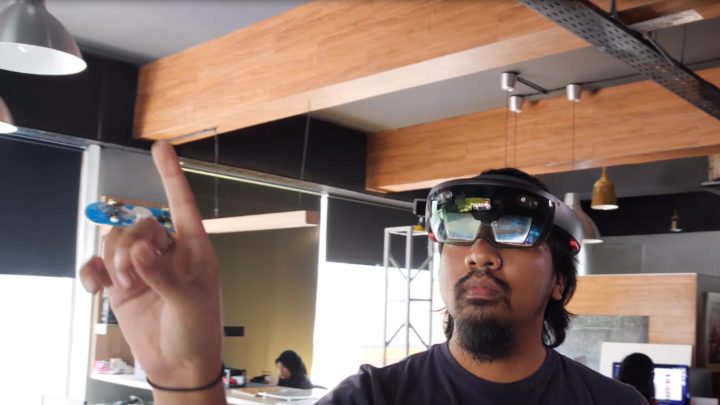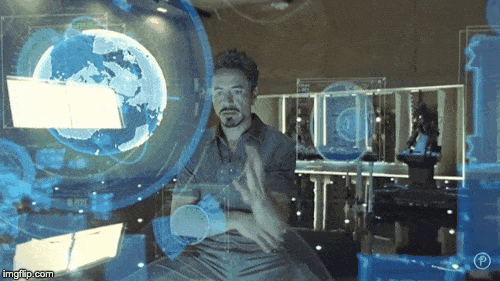Spatial Computing in Action
July 31, 2019
Eugene Tay
SPATIAL COMPUTING IS THE KEY TO WEB 5.0
From mainframe computers that take up the whole room to personal computers that hide under our desks to mobile devices that we fit in our pockets, each leap in technological advancement has ushered in a new era of possibilities. And spatial computing is the ultimate leap forward to enable Web 5.0.
We rely on computers to make our lives easier and for the most part we aren’t even conscious of their existence anymore. Back in the early days, you would need a degree just to operate one. Today, children as young as three years old are swiping on their parents’ mobile devices, making video calls, and watching YouTube, all without needing to be taught. My mother in her 70’s who refuses to touch the computer because she’s afraid that pressing the wrong buttons might, in her words, cause the computer to explode, is today happily watching Korean dramas and sending out text messages via her iPad. She learned how to use the device over one coffee session with a fellow senior citizen in her line dancing class.
Computers and its connectivity have been such an integral part of our lives that should the world suffer from even an hour of power outage, the fallout will be catastrophic.
The number of Internet users has increased from 147 million in 1998 to 4.38 billion in 2019. That’s 58% of the world’s total population, to put things into perspective. In the last two decades, we saw how the business landscapes have changed with the advent of user generated content and social media (web 2.0), and with smart mobile devices (web 4.0). The World Advertising Research Center (WARC) estimates that 2 billion people access the internet via their mobile devices exclusively.
Web 3.0, characterized by intelligent machines that can understand human behaviour, was far less obvious to the user . Everytime you shop on Amazon and a list of recommended products appear, there is some complex AI algorithm on the back doing the work to get to know you and the world better . The more data it has, the smarter it gets.
So it stands to reason that the only way for any business to thrive and remain relevant is to embrace technology, and the smart money is in identifying what the next evolution of computing is going to be.
No one really knows exactly what Web 5.0 is yet but many writers who are keeping an eye on this industry is saying that Web 5.0 is going to be about the emotional interaction between humans and computers.
If they are right, then Spatial Computing will be the field to really start looking into that will bring about the next wave of how we communicate. In simple English, Spatial Computing uses the environment around us as a medium to interact with the computer. Remember how in the movie Iron Man, Tony Stark waves his hands around to interact with 3D virtual models and communicate to the J.A.R.V.I.S by voice? That’s what Spatial Computing is and that reality is closer than you think.
Web 3.0 uses artificial intelligence to understand human emotions but it still doesn’t address how humans interact emotionally with the computer (Flaming on social media doesn’t count). Traditional human-computer interaction relies on a two dimensional screen as an interface. In order for humans to interact with emotion, we will need a way to communicate with the computer with as much realism as possible.
Virtual Reality devices immerse users in a simulated digital environment where the experience is as real as it gets. Augmented Reality does the opposite. It places digital elements in our world. Both solutions provide just the right kind of realism that is crucial in bringing us closer towards web 5.0.
In the next part of this series, we’ll explore how Spatial Computing is the next game changer.







